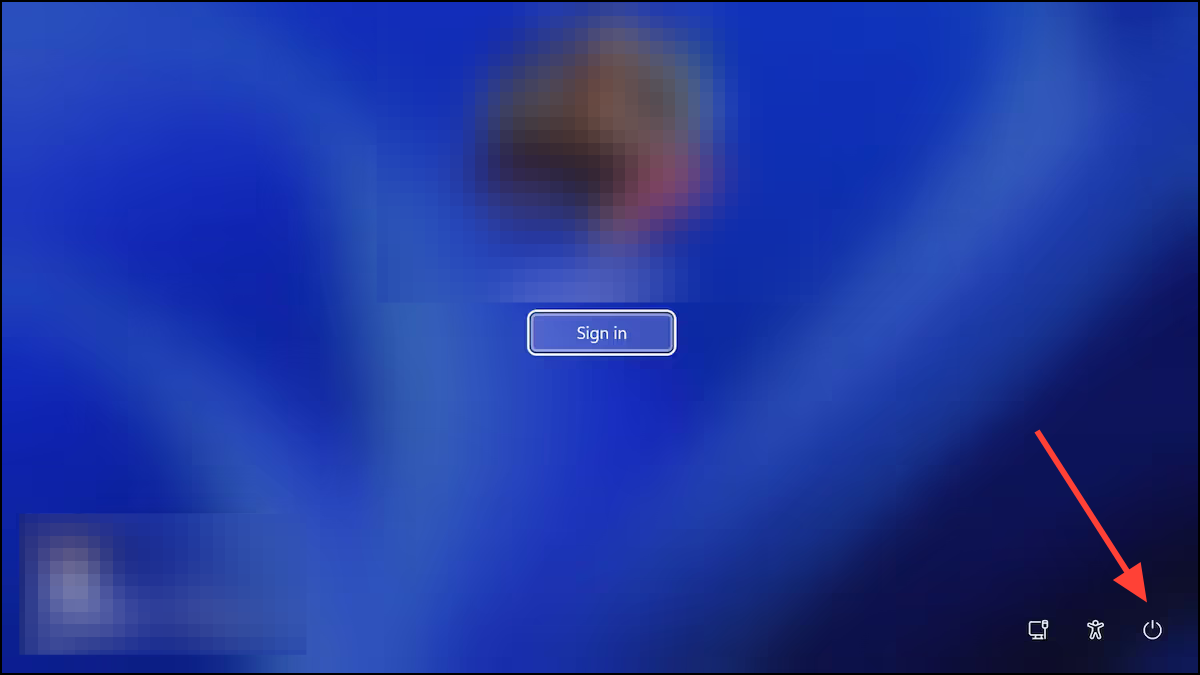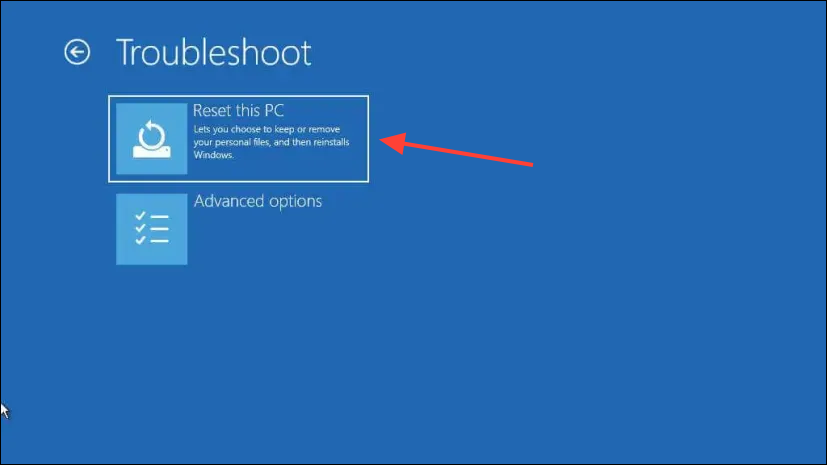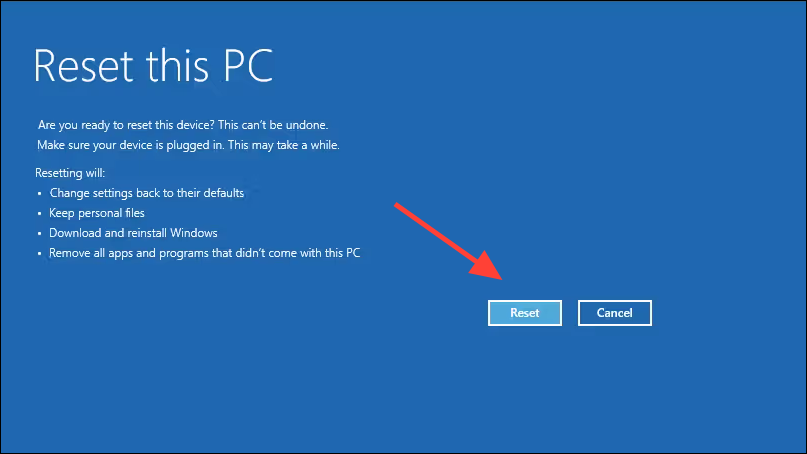If your Windows 11 PC is not performing as it should, and you are constantly running into problems despite having tried out various fixes, the best solution might be to reset it completely. Resetting your computer restores the OS so that it becomes similar to a fresh install.
While you can reset your Windows 11 computer by going into the settings, this might not be possible if there is any issue that is preventing you from logging into your PC. In such a situation, you will need to reset it from the boot menu itself using the following steps.
Accessing the Advanced Startup Options
There are various ways by which you can access the advanced startup options in Windows 11, from where you can reset your PC. These include restarting your PC from the sign-in screen or using an installation media.
From the Sign-In Screen
If you can access the sign-in screen on your Windows 11 PC, you can go to the advanced startup options in the boot menu from there.
- On the sign-in screen, click on the Power button on the lower right and then on the 'Restart' button while holding down the 'Shift' key.

- Your PC will restart and you will see the Advanced Startup screen, also known as the Windows Recovery Environment (WinRE). Click on the 'Troubleshoot' option.

- On the next page, you will get an option 'Reset This PC'. Click on it to begin the reset process.

From Startup
If your PC is stuck in a boot loop or you cannot access the Windows sign-in screen because of other reasons, you can access the Advanced Options screen using this method.
- Press the Power button on your PC to turn it on and then press it again immediately after it turns on to shut it down.
- Repeat this step a couple of times and Windows should boot into the WinRE automatically. From here onward, you can follow the same steps as above.
Using a Bootable Recovery Drive
If you have a bootable recovery drive, you can use it to access the Advanced Options screen for resetting your PC.
- Plug your recovery drive into the computer and reboot it.
- When the PC restarts, press the Boot menu key that lets you choose which drive to boot from. This key can vary depending on your PC manufacturer. Generally, boot menu keys include
F11,F12,Esc, andDeletebut there can be others as well. - When the boot menu appears, select the recovery drive using the arrow keys on your keyboard and press the 'Enter' key.
- Your computer will directly boot into the Windows Recovery Environment.
Resetting Your Windows 11 PC
Once you click on 'Reset This PC' on the Advanced Options Screen, the reset process will start. You need to follow these steps to finish resetting your Windows 11 computer.
- Windows will give you two options - 'Keep My Files' and 'Remove Everything'. Click on the 'Remove Everything' option. Sometimes, if there is a major problem with the OS, you may only get the second option.

- Next, you will have to choose whether to download the latest version of Windows from the cloud or use a local image to reset your computer. Click on the option you find suitable.

- Windows will then ask you whether you want to remove just your files or clean your drive completely. Click on the 'Just Remove My Files' option.

- Finally, click on the 'Reset' button and wait for the process to complete. The time taken to complete the reset will depend on your hardware and internet bandwidth. Ensure your computer is plugged in while it is being reset.

Your computer will reboot several times during the reset process and may appear to be stuck at times. However, don't panic, and avoid doing anything else on your PC until it is done.
Once you successfully reset your Windows 11 PC, it will reboot and you can start using it. Since the reset process will remove all applications, settings, and files, you will need to reinstall them according to your preferences. If you use an online backup solution like OneDrive, restoring your files and settings will be quite easy.
Before doing anything else, we recommend creating a system restore point so you won't have to completely reset your PC in the future if any issues occur again.











Member discussion